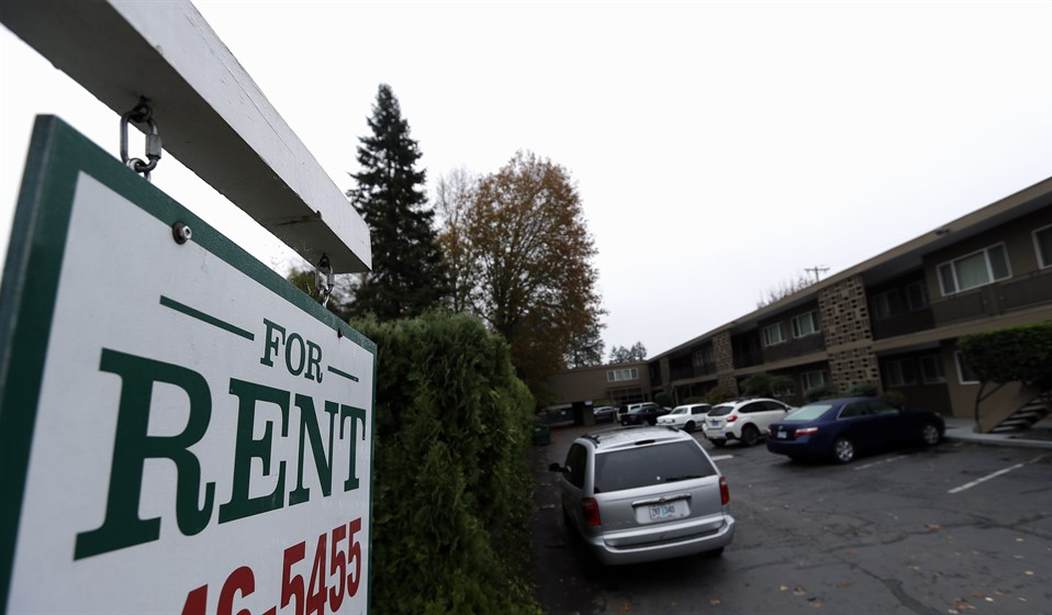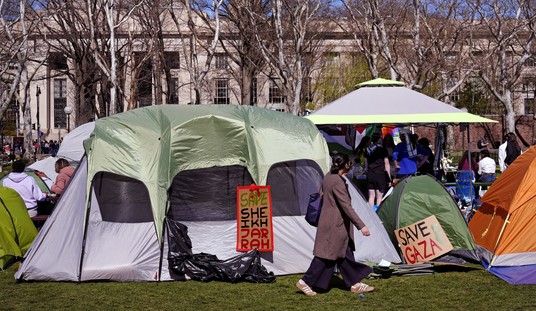Rents are up nationwide, and that’s a real problem for lots of folks living paycheck-to-paycheck. It’s interesting, as a new article points out, that rents are down in the Austin area while being up in San Jose, when you consider the laws of supply and demand, and the population flows to/from those areas. Now, we see Illinois passing a new law prohibiting landlords from screening their prospective tenants’ immigration status, and you’re liable to see more rent defaults in that state—something that we’ll want to watch for in rental property trends in 2024.
But there is more to it than just the rent amounts increasing.
Rent prices continued their march up for the fourth consecutive month in June since bottoming out in February, according to a report from Rent.com
Prices from May to June grew by more than 1.7% and have increased by more than 3% since April. Over the last year, only March saw greater monthly growth at 2% percent. Monthly price changes have averaged 0.89% growth since February’s low.
The good news: prices remain below last summer’s peak.
The national median rent price is now $2,029, 1.8% less than in August 2022 when rents reached $2,053. By February 2023, rents had declined 6% from the previous high of $1,936. June’s price represents a 5% increase from February and the most expensive price registered since August 2022. Over a two-year period, prices have risen by more than 15% percent nationally, adding over $275 to monthly rent bills.
Rents are, however, going down in some places:
Overall declines in the West were led by Washington, Idaho, Arizona, and Nevada, four of five states to experience the largest rent declines in June. Prices in Washington and Idaho fell by more than 6%, while Arizona decreased by just under 5% and Nevada by slightly more than 3% year over year. Oregon, another Western state, declined by 3%.
Rents in the Southern states of Texas and Oklahoma declined by roughly 4% and 2.5% respectively. In total,14 states saw yearly rent declines in June.
There are a number of possible reasons for this.
First: Granted, correlation is not causation, but look at the states where rents are increasing as opposed to where they are decreasing. Here, from the article, are the top 10 cities with respect to rent increases:
- Kansas City, Missouri (16%)
- Providence-Warwick, RI-MA (+11%)
- Minneapolis-St. Paul-Bloomington, MN-WI (+10%)
- San Jose-Sunnyvale-Santa Clara, CA (+9%)
- Charlotte-Concord-Gastonia, NC-SC (+7%)
- Nashville-Davidson–Murfreesboro–Franklin, TN (+7%)
- Hartford-East Hartford-Middletown, CT (+6%)
- San Diego-Chula Vista-Carlsbad, CA (+6%)
- Columbus, OH (+5%)
- Los Angeles-Long Beach-Anaheim, CA (+5%)
Three of the cities are in California. Of those, San Jose and Los Angeles have rent controls, while San Diego has a strict “just cause eviction” ordinance. Rent controls are easily sold as a price-control measure, but in the real world, they never work as advertised. Add to that a shortage of contractors for upkeep and new construction, and you have a supply problem.
Housing prices, in general, are rising, and that spills over into rental markets, as a fair number of rental properties may otherwise be owned (rental houses, condos, and townhomes). Then as the costs of homes rise, fewer people – especially in this day of ever-rising inflation – are able to come up with the down payments and income levels to purchase a home.

The answer, of course, is increased supply.
Speaking as one who has seen a few of the world’s major cities, I can see how most of them deal with affordable housing in congested areas: Vertical filing. It’s difficult and expensive to build high-rise apartment buildings, and zoning ordinances put in place by NIMBY (not in my backyard) city councils aren’t helping.
Deregulation is required; it’s been shown that land-use regulations increase housing prices, not just in single-family homes but in multi-family structures as well. Zoning codes must allow for more high-rise development, and building codes (especially in congested, urban areas) must describe only essential safety requirements. With a few reforms, and a bunch more modern, secure, high-rise apartment buildings in our major cities, we’ll not only see more affordable housing but citizens kept safer against criminals, as well.















Join the conversation as a VIP Member